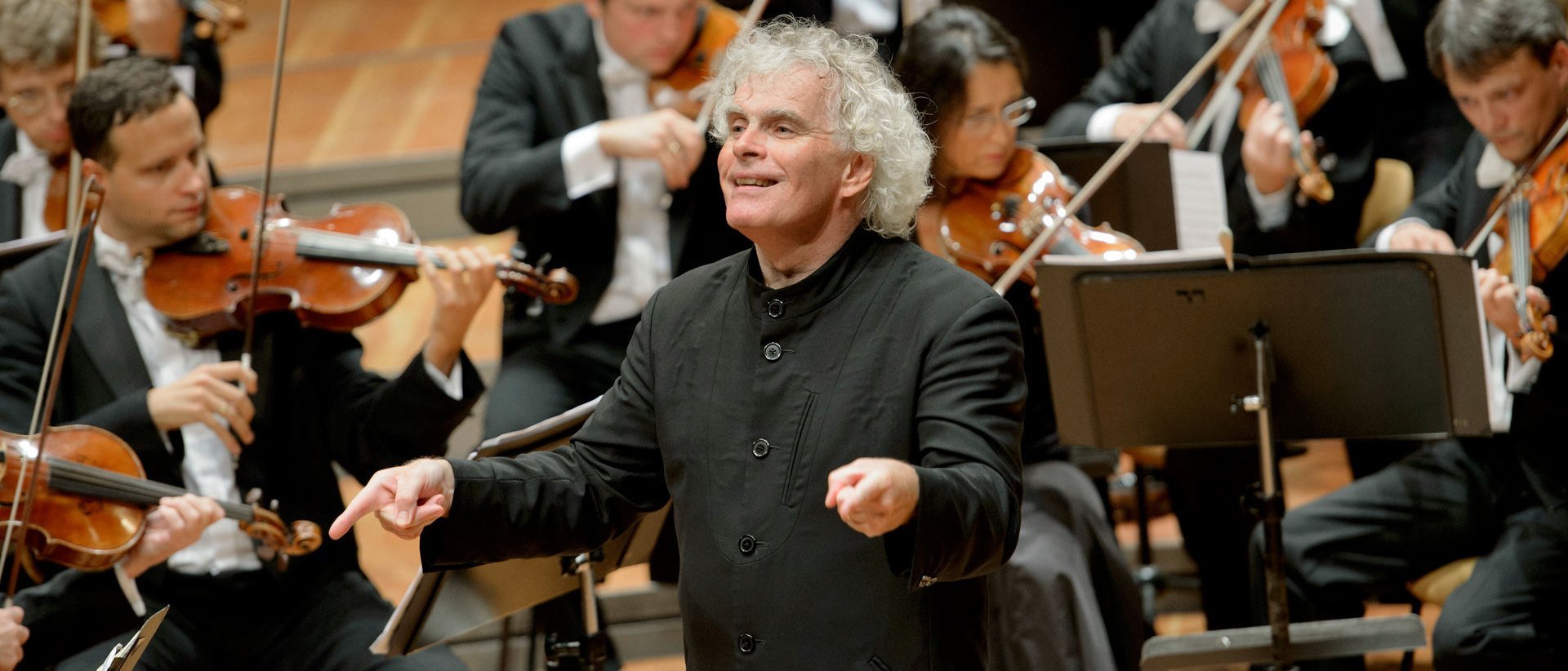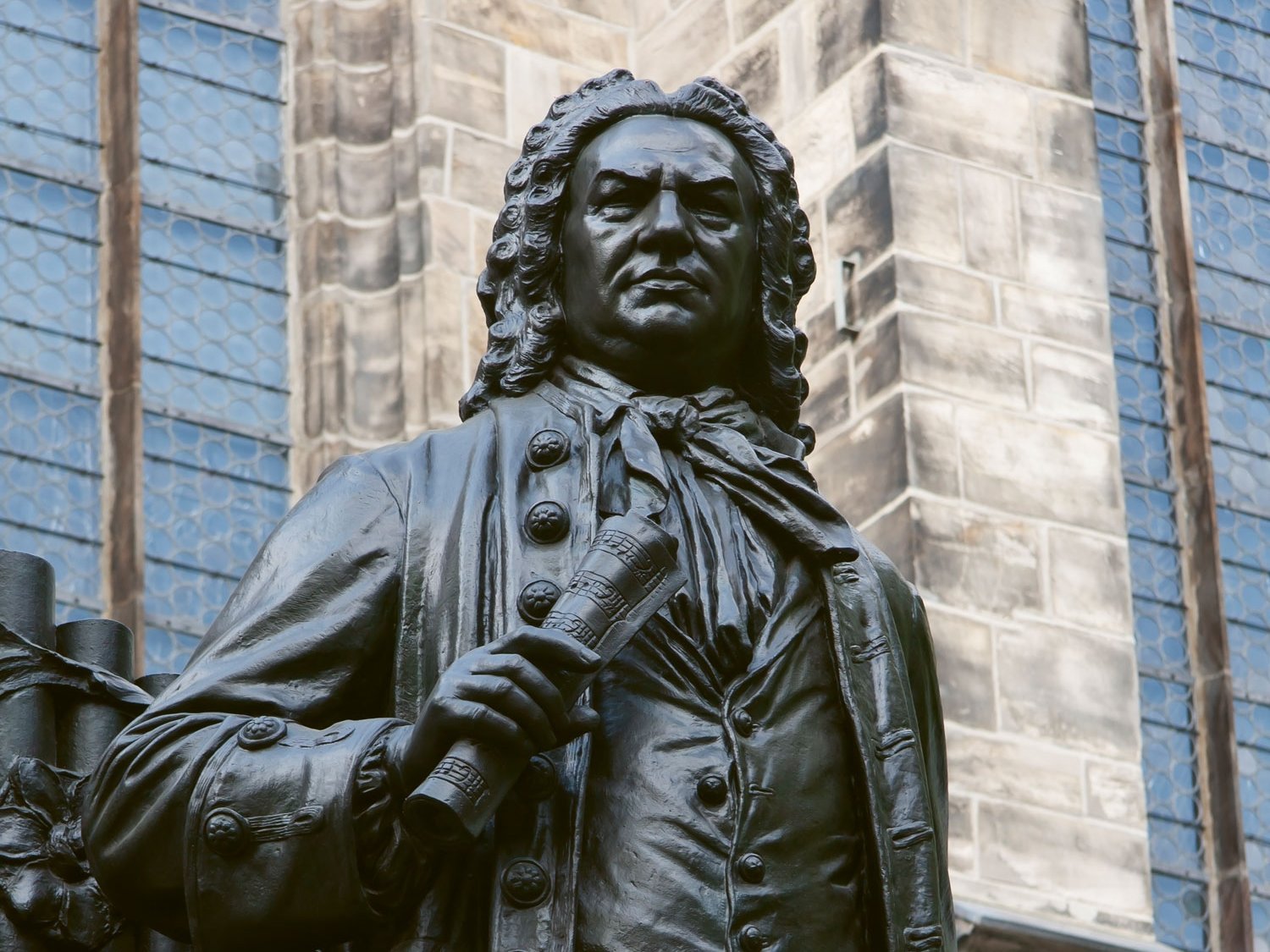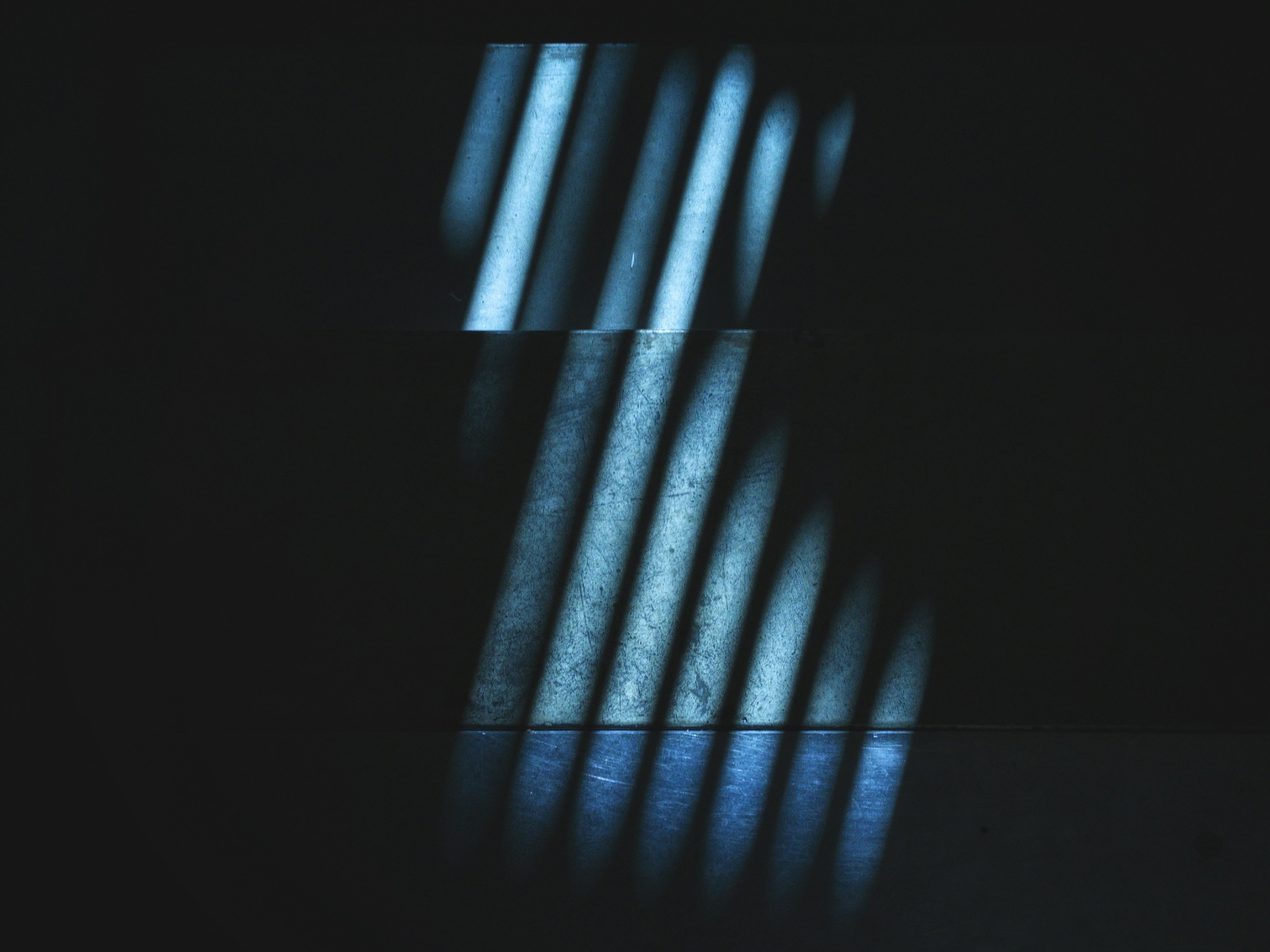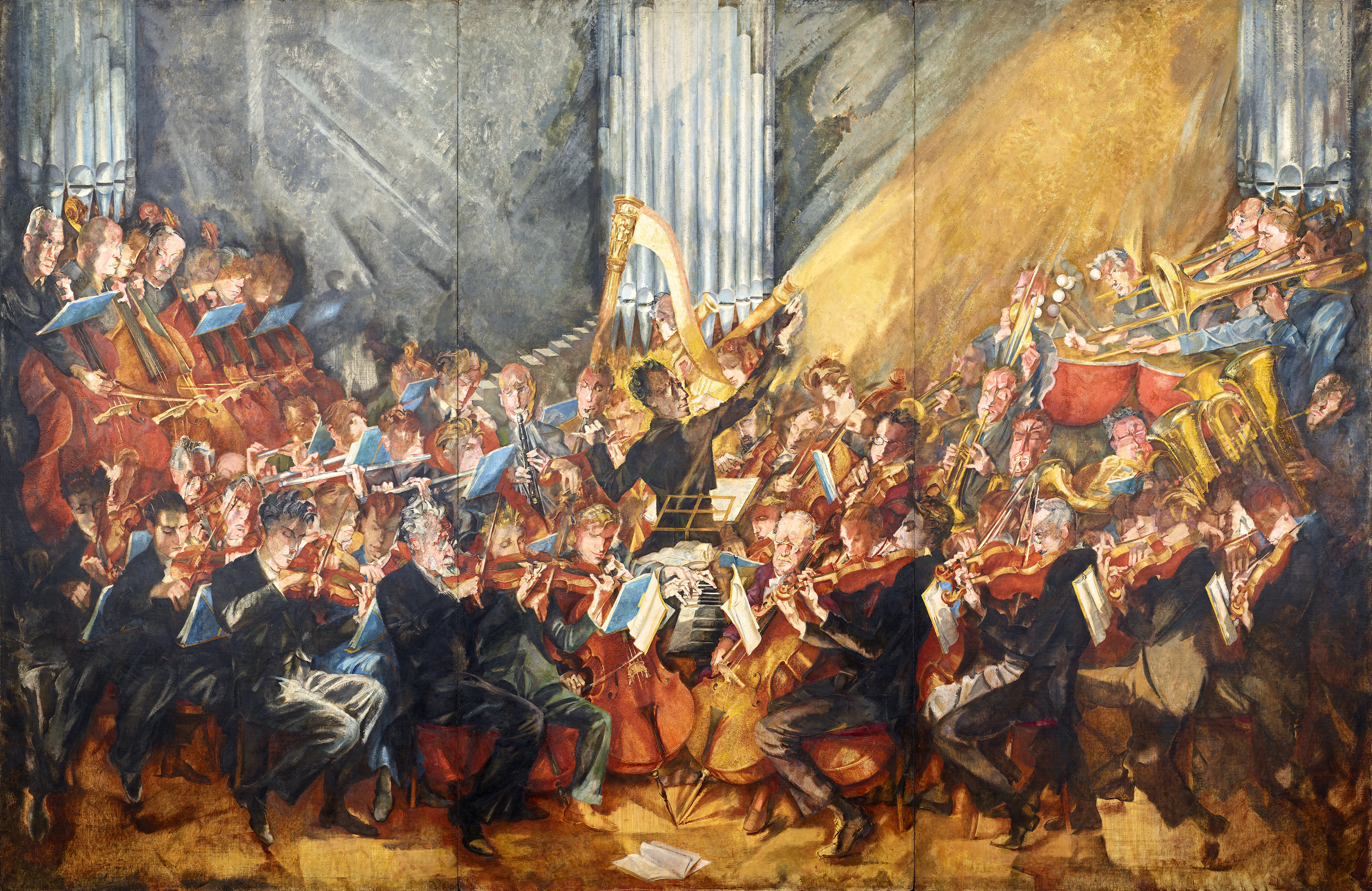Although it has become known as his “Jupiter” Symphony, this name is not Mozart’s. By the early years of the nineteenth century it was famous as the “Symphony with the Final Fugue”. Here it is hard to set aside the Romantic notion that a composer’s final work must be a summation of his overall output, since the “Jupiter” was not only the last symphony that Mozart wrote but also the ne plus ultra of the genre as it then existed - a genre that was a child of the eighteenth century. As such it marked the end of an era.
It is unlikely, however, that two years before his death – of which he could have had no inkling at this time – Mozart was consciously drawing a line beneath the medium. Indeed, it seems absurd to argue that with his “Jupiter” Symphony Mozart was bequeathing his “artistic testament” to posterity.
His desperate attempts to have his works performed and to generate an income from that source speak a different language. By 1788 he was beginning to feel the chill wind of rejection on the part of Vienna’s audiences. This was also the year in which he first started to write begging letters to his well-to-do friend Michael Puchberg. That he might have been writing symphonies simply for his own amusement at this time flies in the face of everything that we know about his pragmatism and about the economical way in which he made use of his time.




